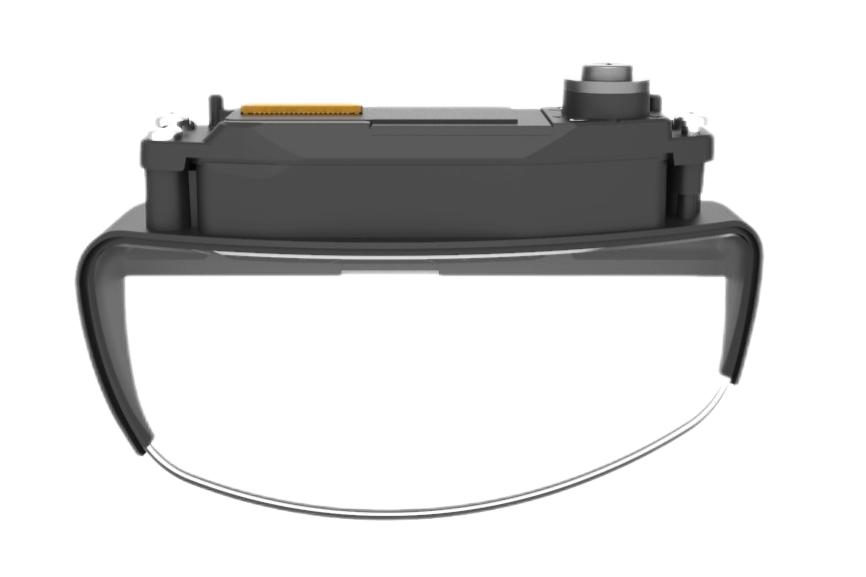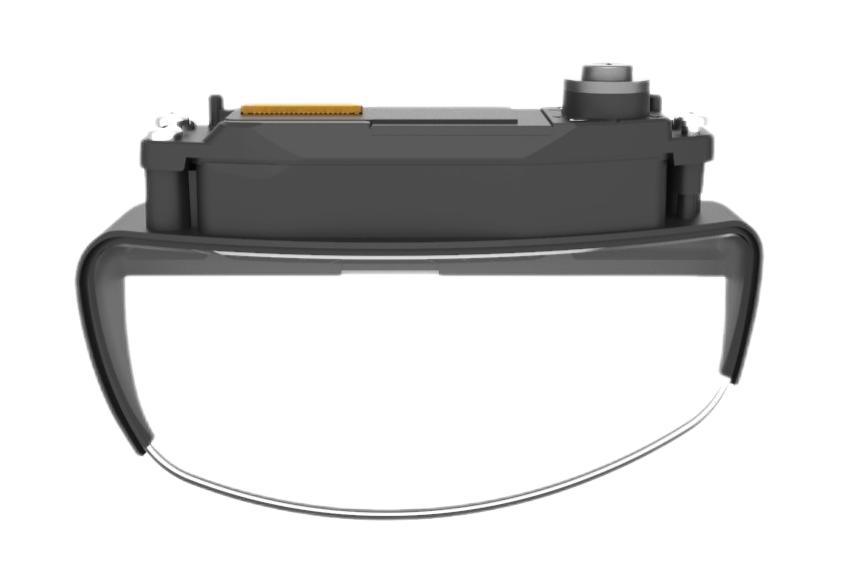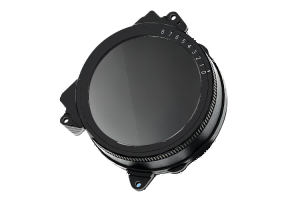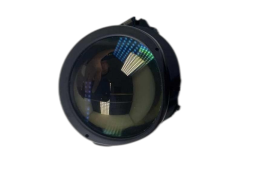Selecting the Right Optic Engines
Near-eye optics technologies have been gaining popularity over the years with the development of the AR/VR industry, allowing users to experience digital content in an immersive way. However, one of the challenges faced by developers is creating optical solutions that can be used comfortably for extended periods. Here we will discuss three commonly used near-eye optic solutions: birdbath, pancake, and waveguide.
Birdbath
The birdbath optics consists of a curved mirror that reflects light from the display into the user's eye. This solution has the advantage of being low-cost and lightweight. Although birdbath optics is not the thinnest technology, it has excellent display performance and supports diopter adjustment, which is very friendly to myopic people. These features make it the mainstream solution for smart video glasses.
Pancake
Unlike traditional curved lenses, pancake optics use multiple layers of thin films with varying refractive indices to focus and bend light in specific ways. This allows for a flatter, more compact design. Unlike birdbath optics, although pancake optics does not support seeing the real environment around you, it has a larger field of view and better immersion, and is also an optical technology commonly used in smart video glasses.
Waveguide
In waveguide optics, a light source such as a microdisplay projects an image onto a diffractive grating or holographic element. This image is then guided through a series of waveguides that are made up of multiple layers of thin, transparent films with different refractive indices. As the light passes through these layers, it is reflected and diffused to create the illusion of a virtual object that appears to be overlaid onto the real world.
We are professional manufacturers since 2016. Below is a partial list of our optic engines that have already been launched.
Showing all 7 results




